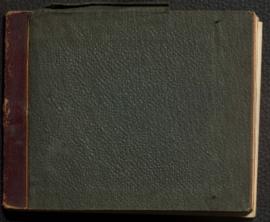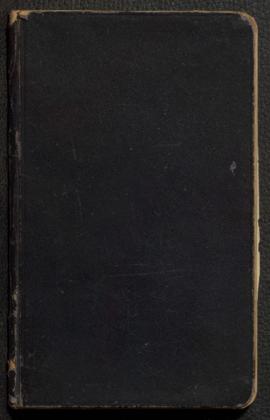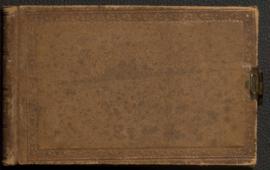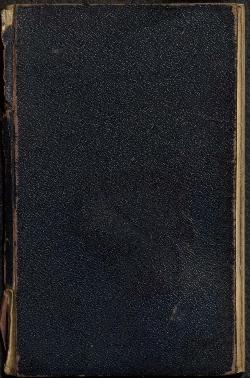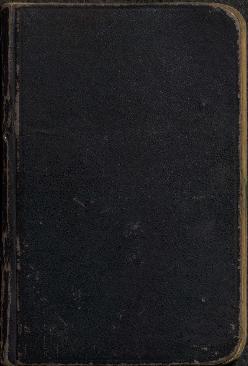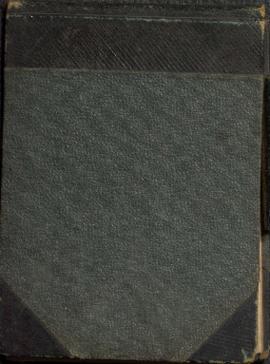1864 Sketchbook: Political Leanings
- CA RBD MSG 1191-1
- Item
- 1864
This sketchbook points to Crane's political leanings, his view of the world, and his thoughts on labour and leisure. Bound in green cloth with gold embossed letters, the visual content tends towards the bucolic––featuring landscapes, sunsets, and a countryside cottage and imagery of animals. The pencil sketches include studies of birds––a solan geese, a black cock, and a cormorant. The absence of detail in the line drawings of cows and a horse rider on horseback contrast with the detailed studies of a cottage and rocks and shrubs.
Located near the end pages, the textual content includes hand-copied sections of written works by Charles Kingsley, John Ruskin, and Ralph Waldo Emerson. Copied in part, Kingsley poem titled Palinodia, 1841, which begins as an ode to nature, and continues as a commentary on mankind’s place in “sunless cities, and the weary haunts of smoke-grimed labour.” Crane also copied out sections of Ruskin’s essay, Unto the Last, 1860, which attacks aspects of classic economic theory associated with Adam Smith and John Stuart Mill. Excerpts from Ruskin are followed by Emerson’s History, from Essays: First Series, 1841.
The medium is pencil and ink on paper.
Crane, Walter, 1845-1915

